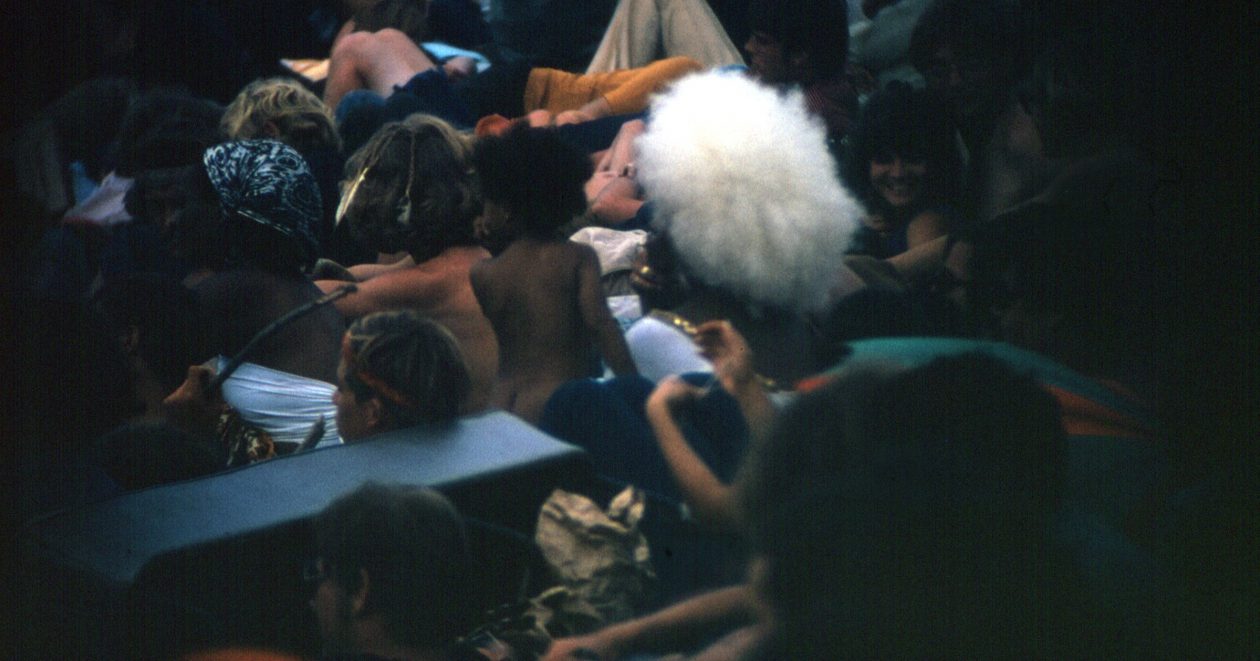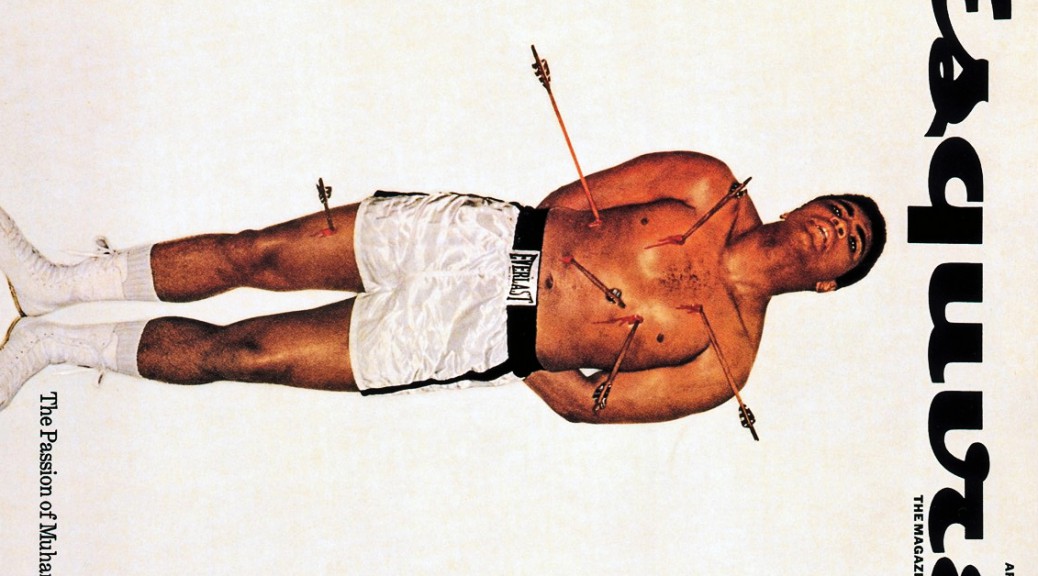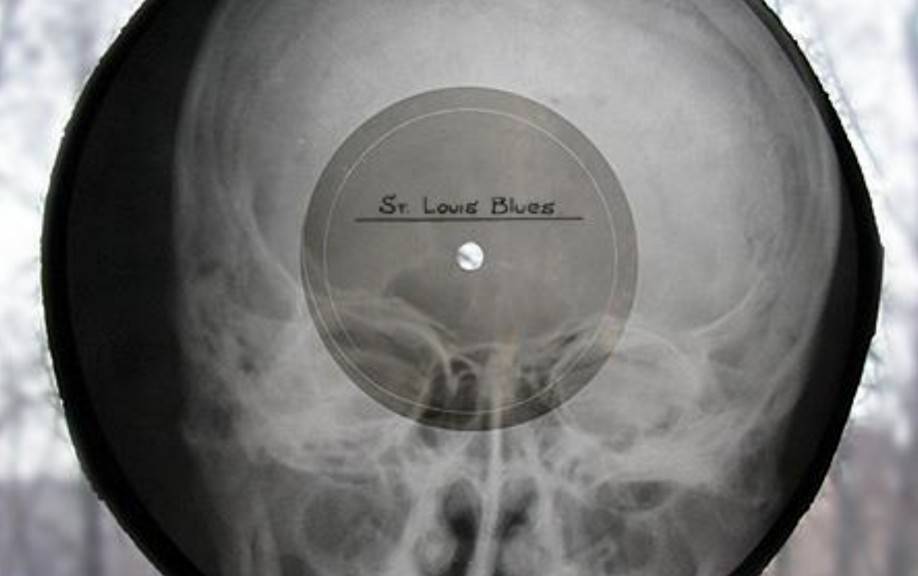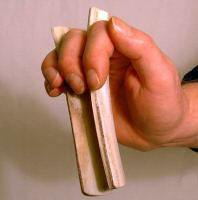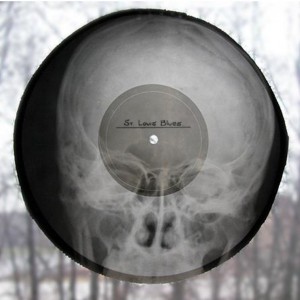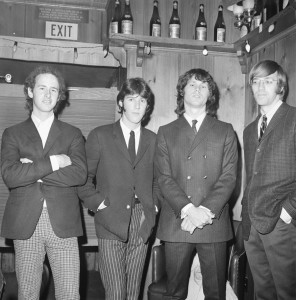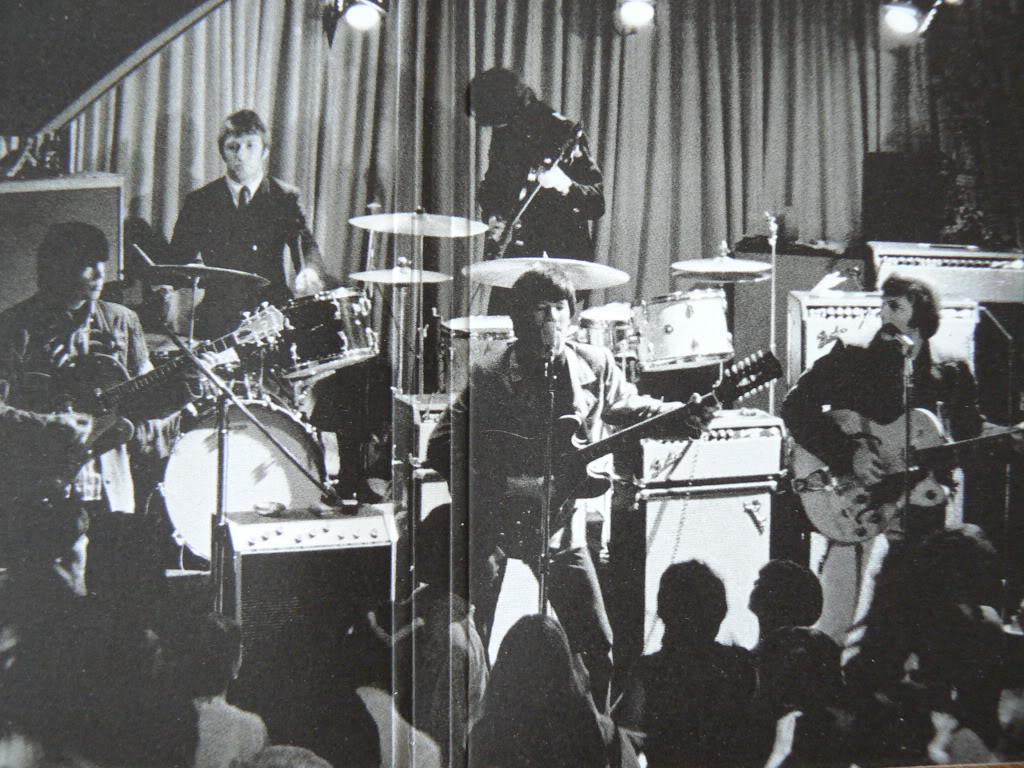Greatest Muhammad Ali
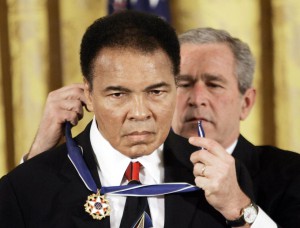
January 17, 1942 – June 3, 2016
Remembering the “Greatest” on his birthday
Greatest Muhammad Ali
Cassius Marcellus Clay Jr
When Cassius Marcellus Clay Jr was born in Louisville, Kentucky no one would have predicted that one day he would be the most recognized person in the world.
Boxing was the skill that brought such fame.
The legend begins with a stolen bike. A young boy wanted to get even and a cop told him he’d better learn to fight first.
As Clay, he won six Kentucky Golden Gloves titles, two national Golden Gloves titles, an Amateur Athletic Union National Title, and the Light Heavyweight gold medal in the 1960 Summer Olympics in Rome.
After the Olympics, Ali went professional. Though not each of his consecutive victories was without criticism, but the end of 1963 he was next in line to fight Sonny Liston for the heavyweight championship.
Because of his personality, some could still use the term uppity without recrimination, many looked forward to Clay being pummeled by Liston and getting a comeuppance.
On February 25, 1964 Ali defeated Liston.
In their May 25, 1965 re-match, Ali defeated Liston again and successfully retained his crown for 7 more bouts until 1967 when he refused to be drafted. His championship was taken away.
At this point Ali became more than a great boxer. He became a person who some admired and others decried. Listen below to David Suskind’s withering criticism of Ali. (also see a PBS article on Ali from a broadcast called The Trials of Muhammad Ali)
| I find nothing amusing or interesting or tolerable abut this man. He’s a disgrace to his country, his race, and what he laughingly describes as his profession. he is a convicted felon in the United States. He has been found guilty. He is out on bail. He will inevitably go to prison, as well he should. He is a simplistic fool and a pawn. |
Greatest Muhammad Ali
June 28, 1971
On June 28, 1971 the US Supreme Court reversed Ali’s conviction for refusing induction by unanimous decision in Clay v. United States. The decision was not based on, nor did it address, the merits of Clay’s/Ali’s claims per se, rather, the Government prosecution’s procedural failure to specify which claims were rejected and which were sustained, constituted the grounds upon which the Court reversed the conviction.
Ali would go on to win back the heavyweight championship, lose it, and regain it again. The only boxer to hold the championship three different times.
Thank you Muhammad Ali
